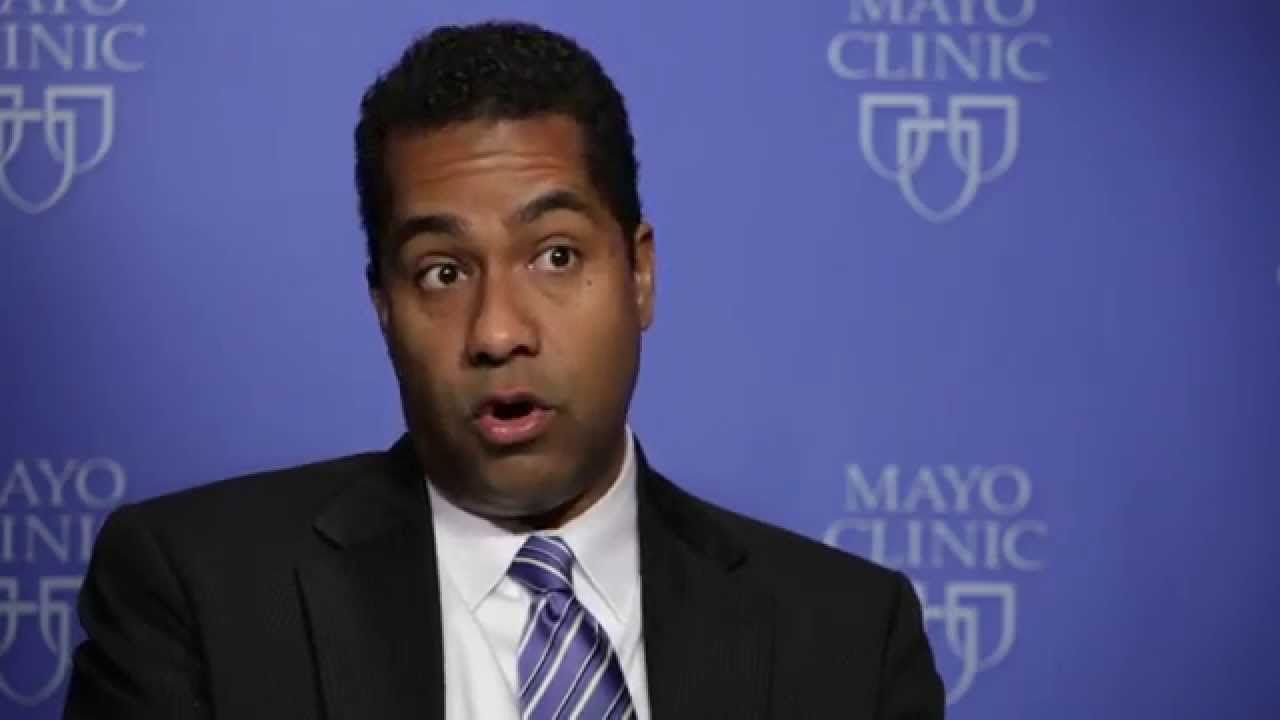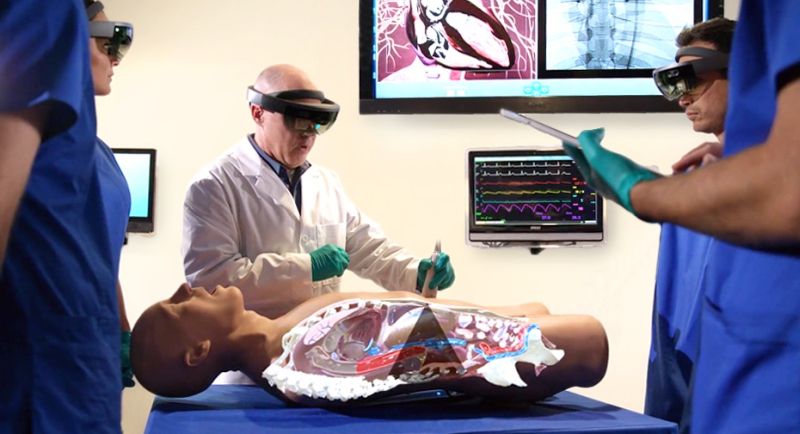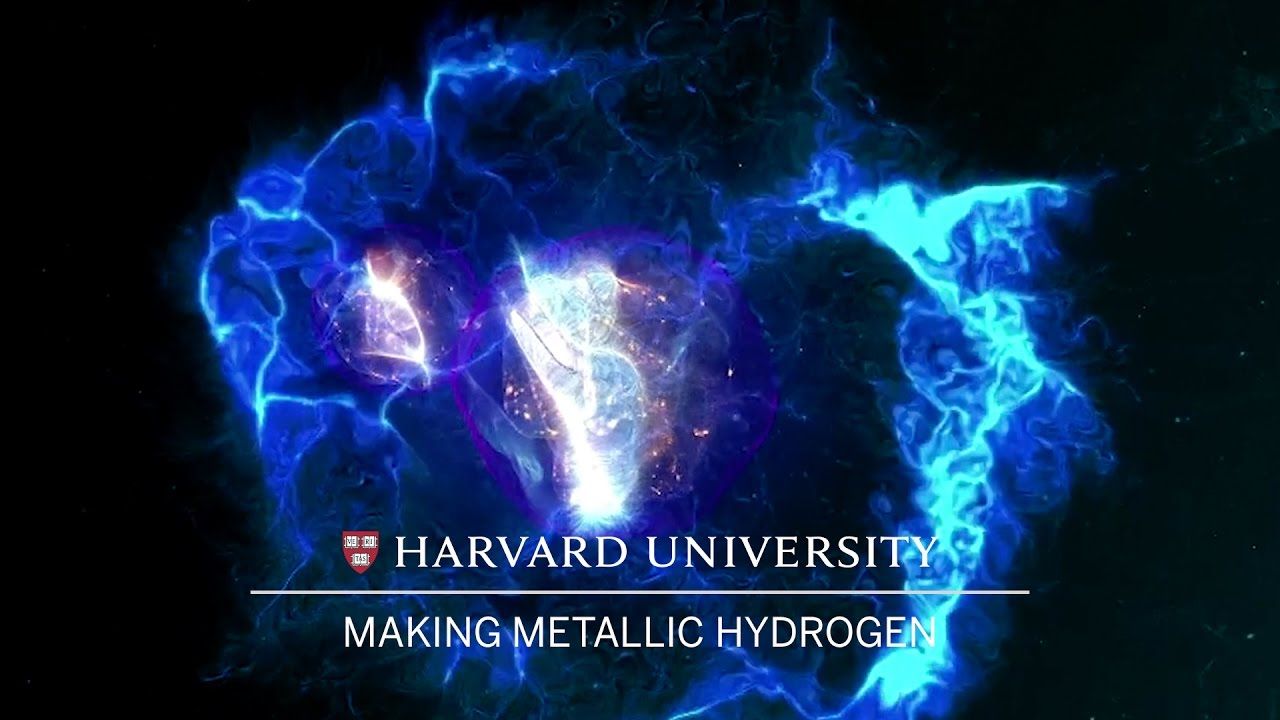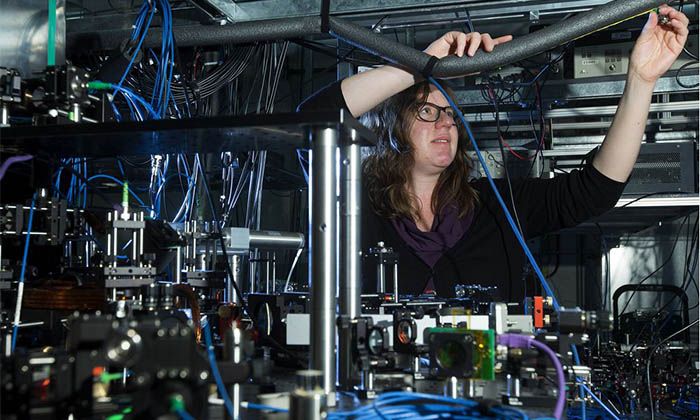TDP-43 Protien tied to Alzheimers according to a Mayo Clinic Study.
Since the time of Dr. Alois Alzheimer himself, two proteins (beta-amyloid (Aβ) and tau) have become tantamount to Alzheimer’s disease (AD). But a Mayo Clinic study challenges the perception that these are the only important proteins accounting for the clinical features of the devastating disease.
In a large clinico-imaging pathological study, Mayo Clinic researchers demonstrated that a third protein (TDP-43) plays a major role in AD pathology. In fact, people whose brain was TDP positive were 10 times more likely to be cognitively impaired at death compared to those who didn’t have the protein, showing that TDP-43 has the potential to overpower what has been termed resilient brain aging. The study was published in the journal Acta Neuropathologica.









